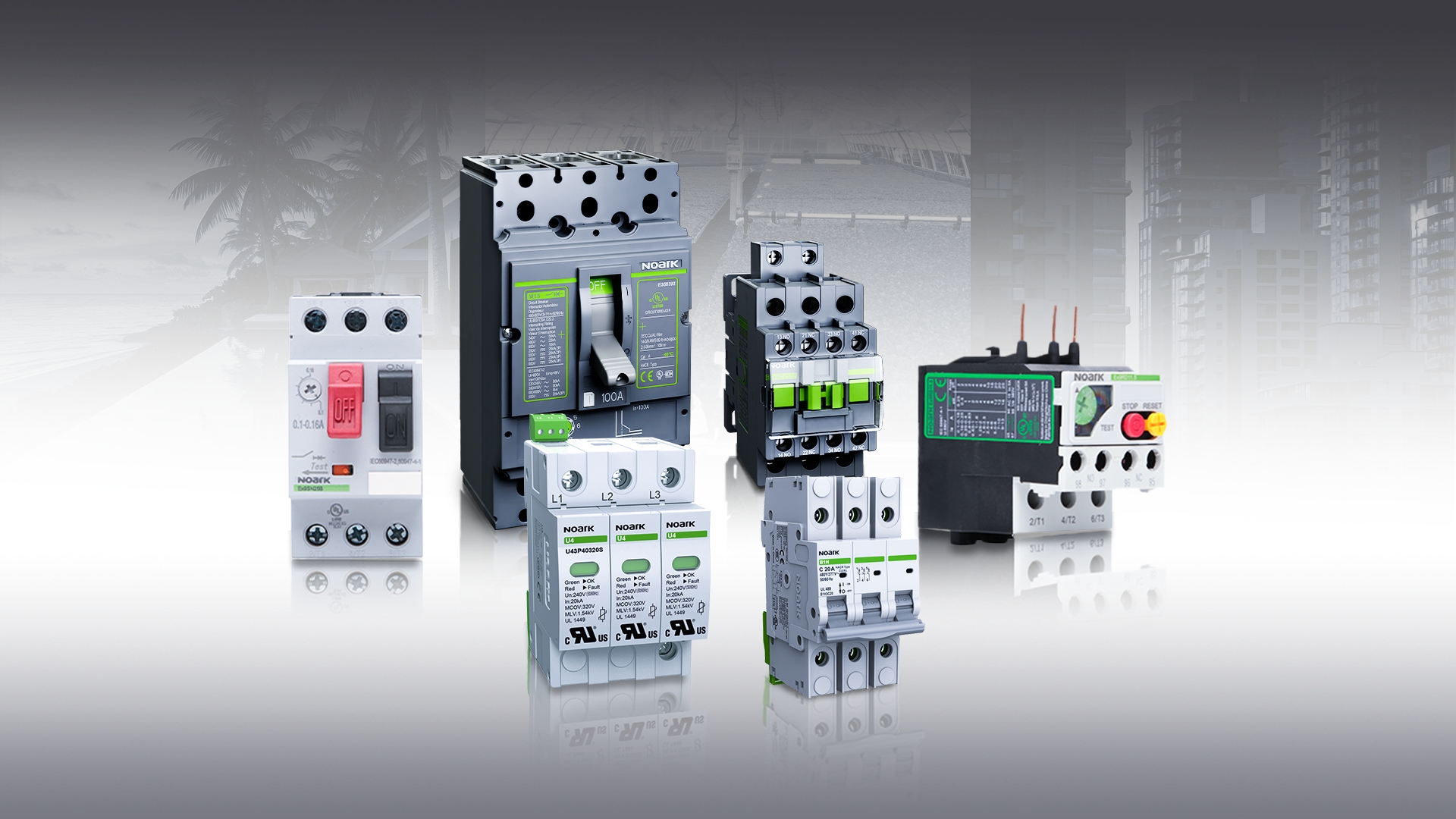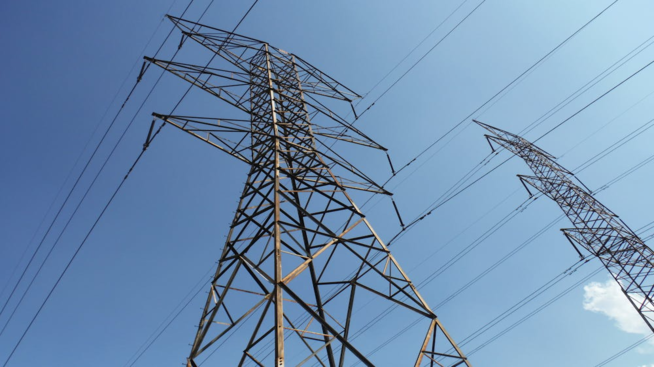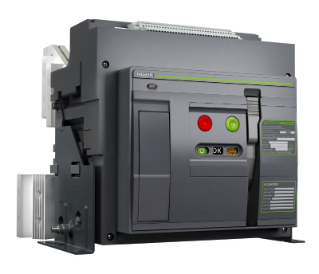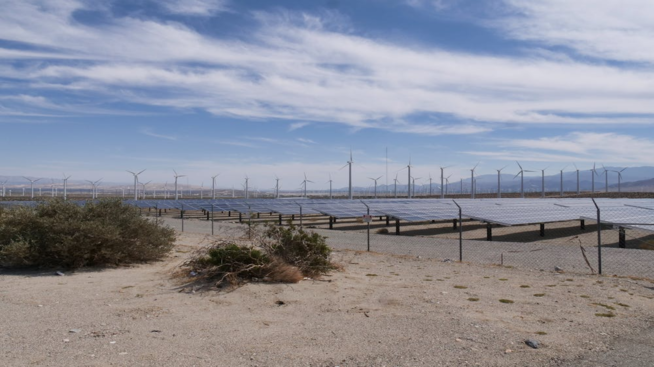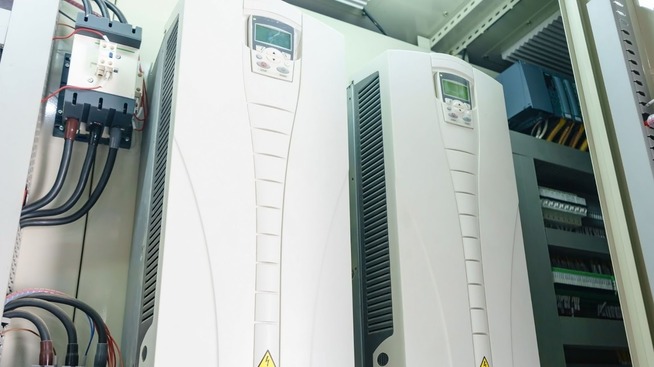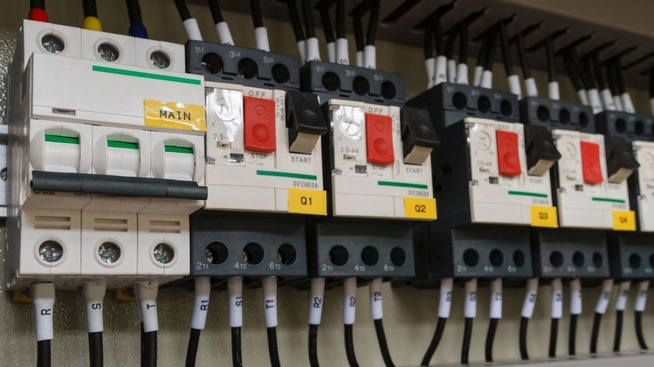HVAC systems are major energy consumers in commercial and industrial facilities. The rising energy costs and stricter sustainability targets have urged operations to look for an energy-efficient HVAC solution for improved efficiency. Energy-efficient HVAC systems might be the trend of the future and should be monitored closely.
Why Energy Efficiency Matters in HVAC Systems
HVAC energy consumption is an issue with these types of systems because they require a lot of input to perform efficiently. With advancements in technology, companies have been placing energy efficiency as a critical design and operational priority across commercial and industrial sectors. Companies have been looking for an HVAC solution that can maintain or improve performance while lowering the amount of energy consumed.
One of the most popular forms of HVAC solutions is integrated HVAC architectures. These systems use coordinated electrical protection, motor control, and automation to achieve top efficiency levels. These also allow HVAC operators and other connected machines to be protected from possible mishaps.
All in all, modern HVAC systems require smarter electrical and control technologies in order to be energy efficient and safe to operate. Having commercial HVAC solutions ready for deployment will make sure that operations run smoothly while consuming less energy to perform tasks.
Core Electrical Components Driving HVAC Efficiency
Variable Frequency Drives (VFDs)
Variable frequency drives allow motors to operate at different speeds. When used in an HVAC system, this technology will help to control the motor‘s speed and match airflow to the system’s demand. These HVAC efficient air solutions cut power consumption and reduce mechanical stress on motors. They also increase efficiency by 98% and are compatible with multiple load types.
A VFD built for HVAC applications is CHINT’s NVF7 Series VFD that features sensorless vector control, built-in EMC filters, and a wide voltage range (0.4 to 630 kW).
VFDs strengthen sustainable HVAC solutions through reduced carbon footprint and operating costs.
Contactors and Starters
Contactors and starters are responsible for reliable switching and motor control in air handling units and chillers. Proper contractor selection prevents overheating and ensures that the operation is consistent across different loads. These attributes prioritize safety as exemplified by CHINT UL’s Ex9CKT and EX9C Series products that are known for their high electrical endurance (up to 10 million operations), compact design, and UL/CE certification, making them fit for international use.
Durable contactors reduce maintenance intervals and help maintain operational stability in commercial HVAC solutions by preventing overheating and ensuring the operation remains consistent even with varying loads.
Circuit Protection and Control Devices
Overcurrent and short-circuit protection ensure efficient energy use and operator and other machine safety. Using a well-coordinated breaker and motor starter minimizes system faults and unplanned downtime. Products such as CHINT UL B1H MCB, M1-M6 MCCB, and Ex9QR5
Manual Motor Starter are designed for compressor and fan motor circuits and are designed to combat shorts and overcurrents. These products comply with UL489 and IEC 60947 standards, making them fit for HVAC applications.
Having these products on your HVAC makes them reliable as they prevent unplanned downtimes and improve lifecycle cost reduction.
Smart Control and Monitoring for Sustainable HVAC
When looking for HVAC & Energy solutions, having smart control technologies and monitoring systems can improve sustainability and performance. This is because automated control systems adjust operation based on occupancy, temperature, and energy demand. Having remote monitoring functionalities will allow you to detect faults and inefficiencies before they affect your system’s performance.
Having predictive maintenance also helps reduce downtime and energy loss, while integrating Building Management Systems (BMS) will allow you to coordinate control across large facilities. A practical example of having smart control and monitoring functions is CHINT’s HVAC architecture.
CHINT’s HVAC architecture features intelligent control, protection, and automation functionalities. When you combine these features, they will improve operational visibility and energy performance in HVAC systems found in large-scale operations. These operations include hospitals, airports, and manufacturing plants. Having these features allows you to sync controls across a large operation while still providing safety to workers.
CHINT’s HVAC architecture is perfect if you need HVAC solution ideas to prevent downtime and notify possible problems before they can affect your operation.
Designing Energy-Efficient HVAC Systems
When designing an HVAC system, you have to make it revolve around three functionalities: energy-saving capabilities, thermal comfort, and compliance with emission regulations and desired air properties. Well-designed HVAC systems reduce lifecycle costs, improve uptime, and align with sustainable development goals. Aside from those functionalities, you also should prioritize a compact, modular design that can reduce panel space and improve installation efficiency. By adopting a modular design, components can be broken down into smaller groups and can be easily replaced, removed, or altered to the operator’s content.
Having a modular design will allow for easier maintenance and upgrading parts to improve performance. A compact design will allow you to install your HVAC without any complications and allow other components to be installed alongside it. A compact design also allows space between your HVAC system and other components, and reduces temperatures as they have enough space and dust accumulation, since they can easily be cleaned.
Remember, when designing an HVAC system, it should follow regulations and standards, as well as promote sustainability and reduce lifecycle costs.
Real-World Impact — From Efficiency to Sustainability
Having a well-designed and planned HVAC system will allow your operation to perform efficiently while attaining strict sustainability goals. HVAC system climate solutions provide operators with methods that allow for less energy consumption, leaving a smaller carbon footprint, which can help the environment. Sustainable HVAC solutions like VFDs, contactors, and starters will allow for better usage, and operators can save on electricity charges.
Deploying an HVAC solution in your operation can help with its performance. For example, having multiple HVAC solutions deployed on your system will improve safety for your operators, other machines, and infrastructure. This is important for factories, as these operations ensure maximum safety across the entire operation and allow workers to control the system remotely whenever changes are needed.
A well-designed HVAC will also have ways to combat overcurrents and shorts, providing a more reliable performance, which is crucial in places like airports or hospitals that need to have thermal comfort and continuous service.
HVAC solutions can deliver measurable outcomes that improve performance, sustainability, and safety. If you want your industrial or commercial operation to perform better, become better in the environment, and be safe for everyone, why not apply various HVAC solutions to your operation?
Conclusion
Optimizing HVAC systems leads to lower operational costs, increased sustainability, and greater reliability. Integrating control, protection, and monitoring functions defines the next generation of HVAC solutions. When looking to install HVAC solutions, CHINT Global is your partner in advancing efficient air, HVAC, and energy technologies worldwide.




